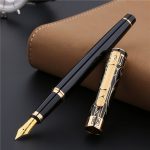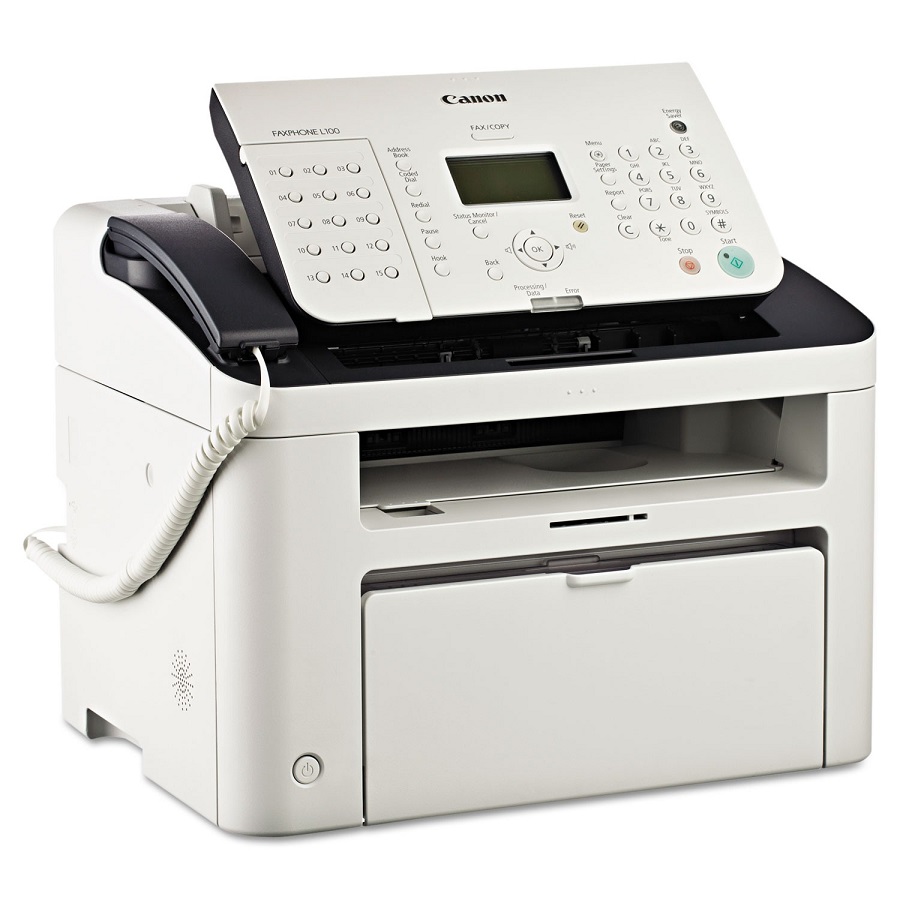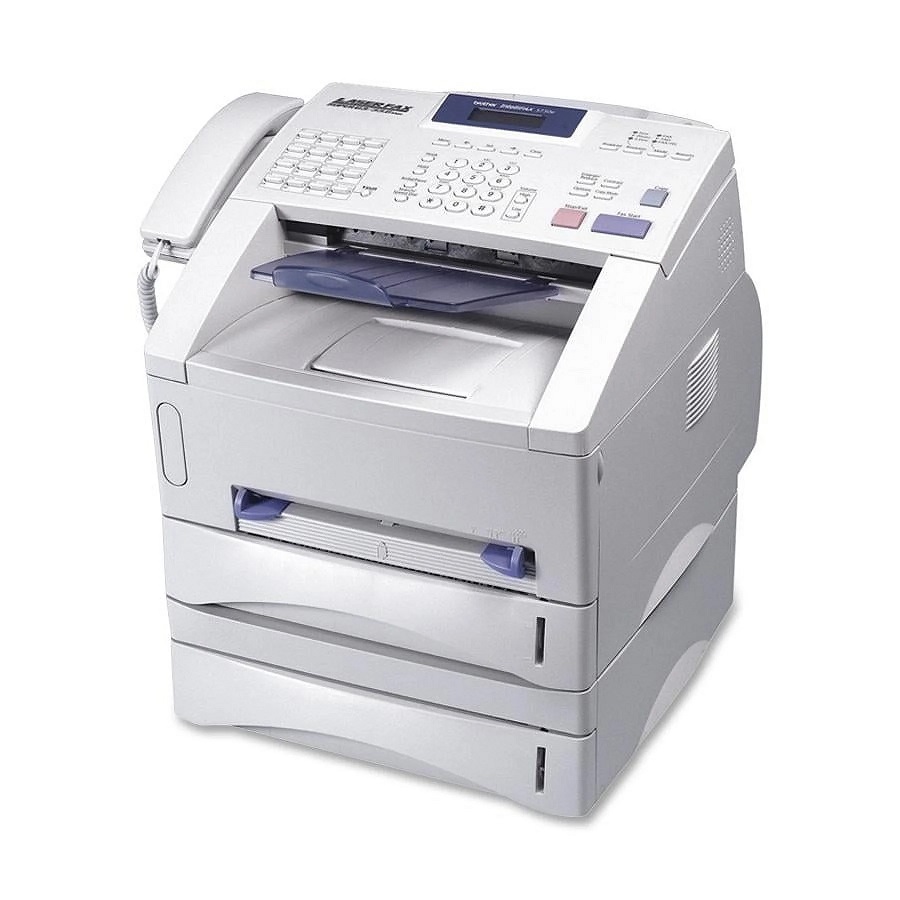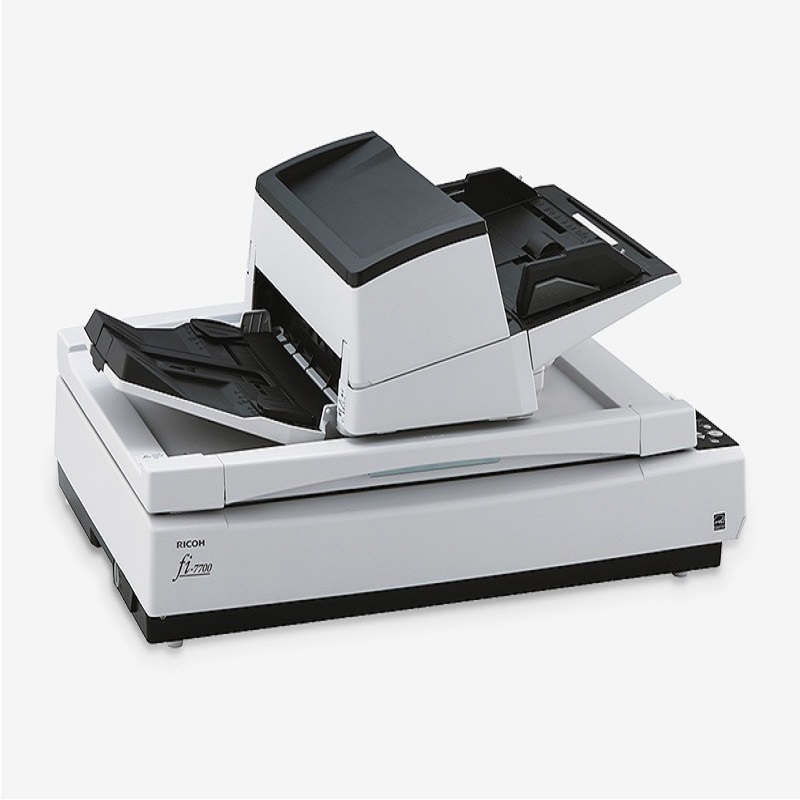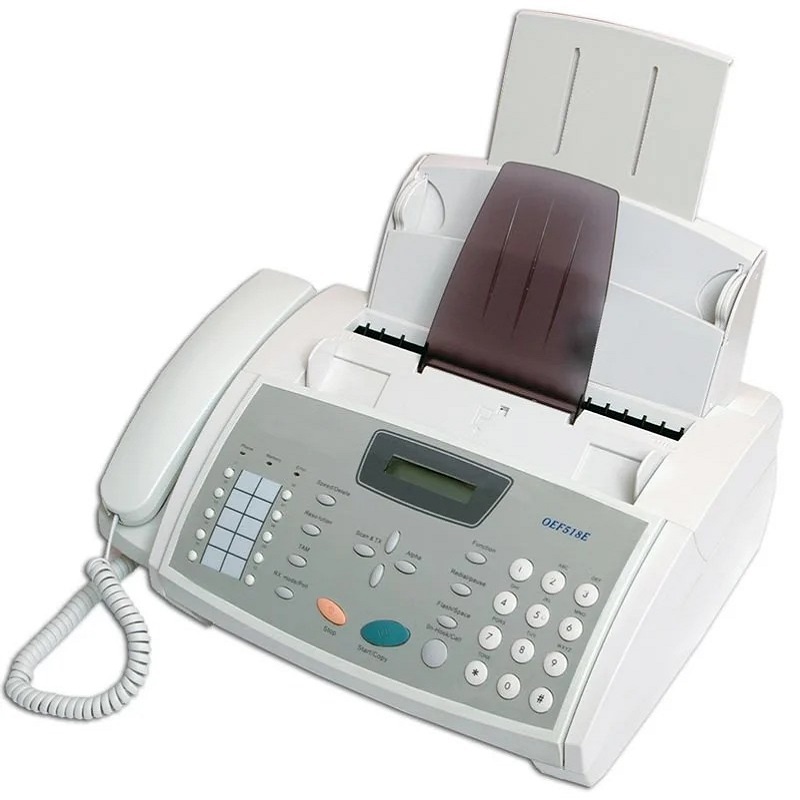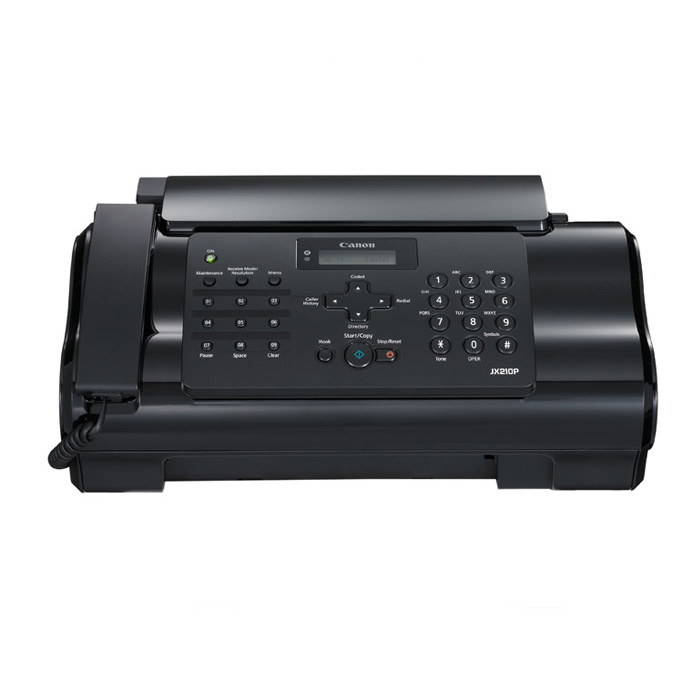When was the first fax machine created? The history of fax machines is a testament to human ingenuity, technological progress, and the enduring quest for efficient communication methods. Dating back to the revolutionary invention of early fax devices, the evolution of fax technology has greatly influenced the way we transmit documents and images. In this comprehensive exploration, we will delve into the origins of fax machines, tracing their evolution from pioneering inventions to the advanced communication solutions we rely on today.
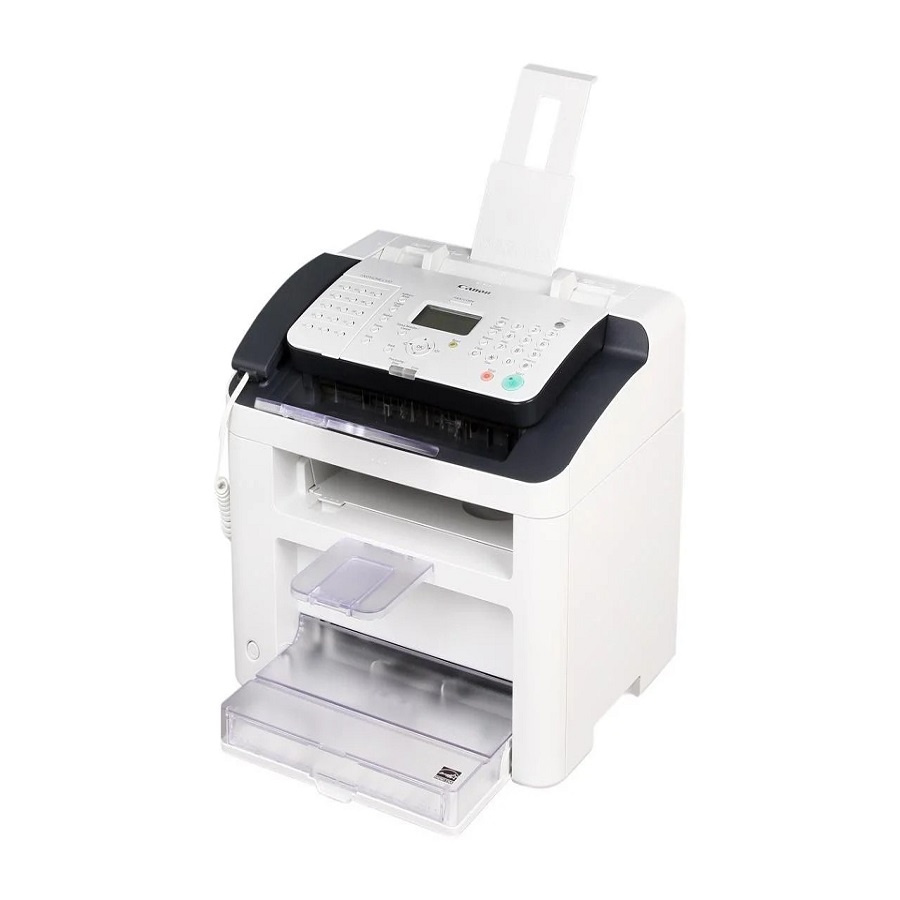
Early Developments and the Telegraphic Facsimile
When was the first fax machine created? The origins of fax technology can be traced back to the mid-19th century, when inventors conceived the idea of transmitting images and text through telegraphic signals. Early pioneers, such as Scottish inventor Alexander Bain, made significant strides in developing facsimile systems that translated images and handwriting into electrical signals for transmission over telegraph lines. These early telegraphic facsimile devices set the foundation for the future development of fax machines.
Electrochemical and Photomechanical Fax Systems
The 19th and early 20th centuries witnessed the emergence of various electrochemical and photomechanical facsimile systems, which utilized chemical and photographic processes to reproduce and transmit images and documents. Innovations by inventors such as Frederick Bakewell and Arthur Korn pioneered the development of early facsimile machines, featuring the use of scanning mechanisms and photoelectric cells to capture and reproduce images for transmission.
Wirephoto and Broadcast Fax Systems
When was the first fax machine created? The mid-20th century brought significant advancements in fax technology, marked by the introduction of wirephoto and broadcast fax systems. These pioneering technologies enabled the transmission of facsimile images over telephone and radio networks, broadening the scope of fax communication and contributing to its adoption in commercial and news organizations for the rapid dissemination of visual information.
Xerography and Analog Fax Machines
The development of xerography by Chester Carlson in the late 1930s revolutionized the reproduction of documents and images, leading to the eventual integration of this technology into analog fax machines. During the mid-20th century, the widespread adoption of analog fax machines equipped with xerographic technology expanded the accessibility and practicality of facsimile communication for businesses, government agencies, and individuals.
Digital Fax Technology and the T.30 Standard
The introduction of digital fax technology in the 1970s and 1980s marked a significant leap forward in fax communication, enabling the encoding and transmission of facsimile data in digital form. The establishment of the T.30 standard by the International Telecommunication Union (ITU) in 1988 laid the groundwork for the interoperability of digital fax machines, fostering a global framework for the reliable transmission of digital facsimile information.
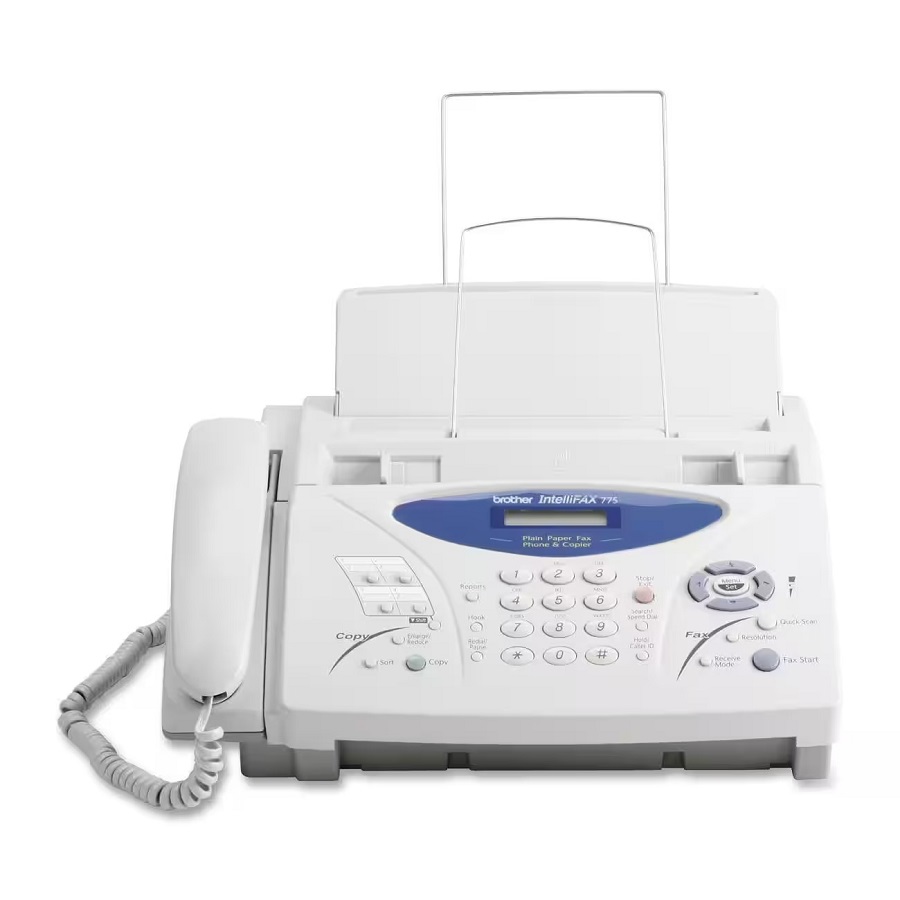
Integration of Fax and Computer Technologies
The late 20th century witnessed the convergence of fax and computer technologies, leading to the integration of fax capabilities into personal computers and networked systems. This transformative development facilitated the seamless transmission and receipt of digital facsimile documents, expanding the functionality and accessibility of fax communication within the digital workplace and interconnected environments.
Internet Fax and Virtual Facsimile Solutions
The emergence of internet fax services and virtual facsimile solutions in the late 20th and early 21st centuries redefined the landscape of fax communication, enabling the transmission of facsimile documents over digital networks and via email. Internet fax services streamlined the process of sending and receiving faxes, aligning with the increasing prevalence of digital communication methods and paperless document workflows.
Modern Fax Machines and Multifunction Devices
The evolution of fax machines has culminated in the development of modern fax and multifunction devices. That offer integrated fax capabilities alongside printing, scanning, and document management functions. These advanced devices harness digital technology, high-speed data transmission. And network connectivity to facilitate seamless fax communication within diverse business and organizational environments.
Fax Communication in the Digital Era
Despite the proliferation of digital communication technologies. Fax machines and digital fax solutions continue to play a critical role in facilitating secure, traceable. And reliable document transmission. Their enduring relevance is underscored by their legal recognition for transmitting signed documents, contracts, and official correspondence. And their ability to maintain document integrity, security, and compliance in diverse industries.
Advantages of fax machine
Fax machines have long served as a vital tool for transmitting documents. Facilitating secure communication, and upholding document integrity in diverse professional environments. Despite the evolution of digital communication methods. The enduring benefits of fax machines continue to be recognized, particularly in scenarios where reliability, security. And regulatory compliance are paramount.
Reliability and Document Integrity
The reliability of fax machines in transmitting documents remains a standout advantage. Particularly in contexts where immediate document delivery and retrieval are essential. Unlike email or other digital transmission methods. Fax machines offer a direct, dedicated, and real-time mode of communication. Ensuring the prompt and secure receipt of critical documents without concerns of spam filters. Server downtimes, or data loss.
Security and Regulatory Compliance
Security is a crucial advantage of fax machines. Especially in industries where data privacy, confidentiality. And regulatory compliance are pivotal. Fax machines provide a secure transmission method for sensitive and confidential documents. Ensuring that data is transmitted directly and not held in servers or transmitted across the internet. Thereby reducing the risk of unauthorized access, data breaches, and cyber threats.
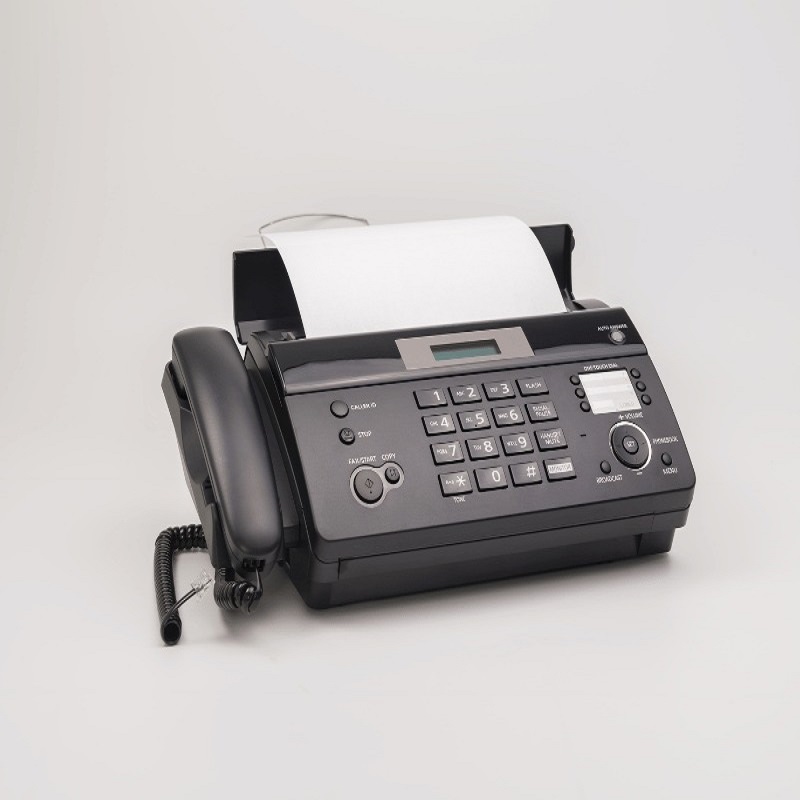
Legal Recognition and Authentication
The legal recognition of fax transmissions serves as a key benefit, as faxes are often considered as authenticated documents with legal validity in various jurisdictions. Facsimile technology has a longstanding legal precedence, offering traceable communication and authentication features, including delivery confirmations and time-stamped transmissions, which strengthen the evidentiary value and legal standing of faxed documents.
Universal Accessibility and Infrastructure Independence
Fax machines possess a universal accessibility advantage, as they do not rely on internet connectivity, specific software, or interoperability standards, making them accessible to users without extensive digital infrastructure. This independence from internet connectivity and standardized formatting allows for seamless communication across diverse organizational systems and even in remote or low-internet-availability environments.
Ability to Transmit Physical Signatures and Original Documents
The capability of fax machines to transmit physical signatures and original documents is a significant advantage, particularly in legal, contractual. And regulatory documentation scenarios. Unlike digital file transmission, which might require additional steps for document authentication and signature verification. Fax machines enable the direct transmission of handwritten. Or physically signed documents without losing authenticity.
Ease of Use and Familiarity
The familiarity and ease of use associated with fax machines provide an advantage. As they require minimal training and are readily embraced by individuals. Who may have limited experience with digital communication technologies. In workplaces where user proficiency, quick adoption, and straightforward operation are paramount. Fax machines offer a reliable and user-friendly method of document transmission.
Transmission of High-Quality, Original Documents
The preservation of document quality and integrity is a notable advantage of fax machines. As they allow for the transmission of high-quality. Original documents without the need for file compression or conversion. This is particularly beneficial in scenarios where document detail, clarity. And originality are critical, such as in architectural drawings, legal contracts, and medical records.
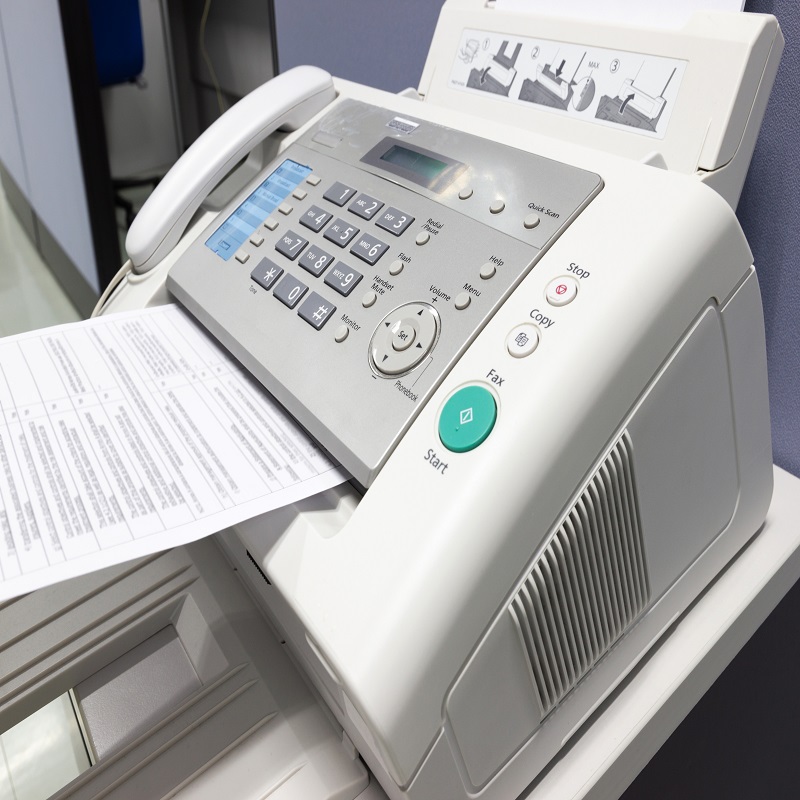
Conclusion
When was the first fax machine created? The evolution of fax machines represents a remarkable journey of technological innovation. From the pioneering inventions of early facsimile systems to the integration of advanced digital fax solutions into modern communication networks. The enduring legacy of fax technology underscores its pivotal role in document transmission and communication. Demonstrating its continued relevance and adaptability in the digital era. With a rich history of innovation and progress. Fax machines stand as a testament to the enduring legacy of analog and digital communication in the modern world.




